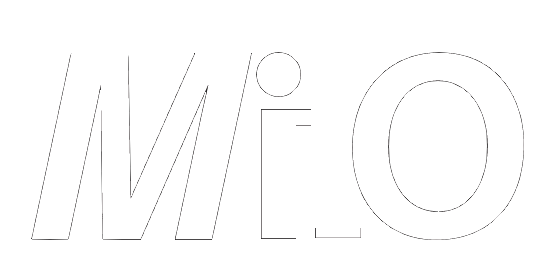Wind Farm Integration Through VSC-HVDC
| dc.audience.educationlevel | Estudiantes/Students | en_US |
| dc.contributor.advisor | Llamas, Armando | |
| dc.contributor.institution | Campus Monterrey | en_US |
| dc.creator | Linares Sanchez, Cristian Pool | |
| dc.date.accessioned | 2019-01-03T15:42:40Z | |
| dc.date.available | 2019-01-03T15:42:40Z | |
| dc.date.created | 2018 | |
| dc.description.abstract | High Voltage Direct Current (HVDC) systems has been an alternative method of transmitting electric power from one location to another with some inherent advantages over AC transmission systems. The efficiency and rated power carrying capacity of direct current transmission lines highly depends on the converter used in transforming the current from one form to another (AC to DC and vice versa). A well-configured converter reduces harmonics, increases power transfer capabilities, and reliability in that it offers high tolerance to fault along the line. Different HVDC converter topologies have been proposed, built and utilized all over the world. The two dominant types are the line-commutated converter (LCC) and the voltage-source converter (VSC). This thesis is focused on explaining the basic concepts of HVDC Systems and their usefulness for the integration of renewable energy. With the improvement in VSC technology and the advantages which it offers over LCC, VSC is bound to grow, and gain more recognition and market share, especially with the large-scale renewable energy integration into traditional AC power grids going on worldwide. Wind energy also has matured to a level of development at which it is ready to become a generally accepted power generation technology. This thesis provides a state of the art in the area of electrical machines and power-electronic systems for high-power wind energy generation applications. Wind power is considered as the most promising renewable energy and has been under extensive development globally. | en_US |
| dc.description.degree | Master of Science in Energetic Engineering | en_US |
| dc.format.extent | 119 | en_US |
| dc.format.medium | Texto | en_US |
| dc.identifier.citation | Linares, C. (2018). Wind Farm Integration Through VSC-HVDC. | en_US |
| dc.identifier.uri | http://hdl.handle.net/11285/632727 | |
| dc.language.iso | eng | en_US |
| dc.publisher | Instituto Tecnológico y de Estudios Superiores de Monterrey | esp |
| dc.publisher.institution | Instituto Tecnológico y de Estudios Superiores de Monterrey | en_US |
| dc.relation.impreso | 2018-12-04 | |
| dc.relation.ispartof | 266632-CONACYT-SENER-S0019201401 | en_US |
| dc.rights | Open Access | en_US |
| dc.rights.uri | http://creativecommons.org/publicdomain/zero/1.0/ | * |
| dc.subject | 7 INGENIERÍA Y TECNOLOGÍA | en_US |
| dc.subject.discipline | Ingeniería y Ciencias Aplicadas / Engineering & Applied Sciences | en_US |
| dc.subject.keyword | HVDC | en_US |
| dc.subject.keyword | Power Electronics | en_US |
| dc.subject.keyword | Electric Systems | en_US |
| dc.subject.keyword | Wind Farm | en_US |
| dc.title | Wind Farm Integration Through VSC-HVDC | en_US |
| dc.type | Tesis de maestría | |
| refterms.dateFOA | 2019-01-03T15:42:40Z |
Files
License bundle
1 - 1 of 1
Loading...

- Name:
- license.txt
- Size:
- 1.3 KB
- Format:
- Item-specific license agreed upon to submission
- Description:

